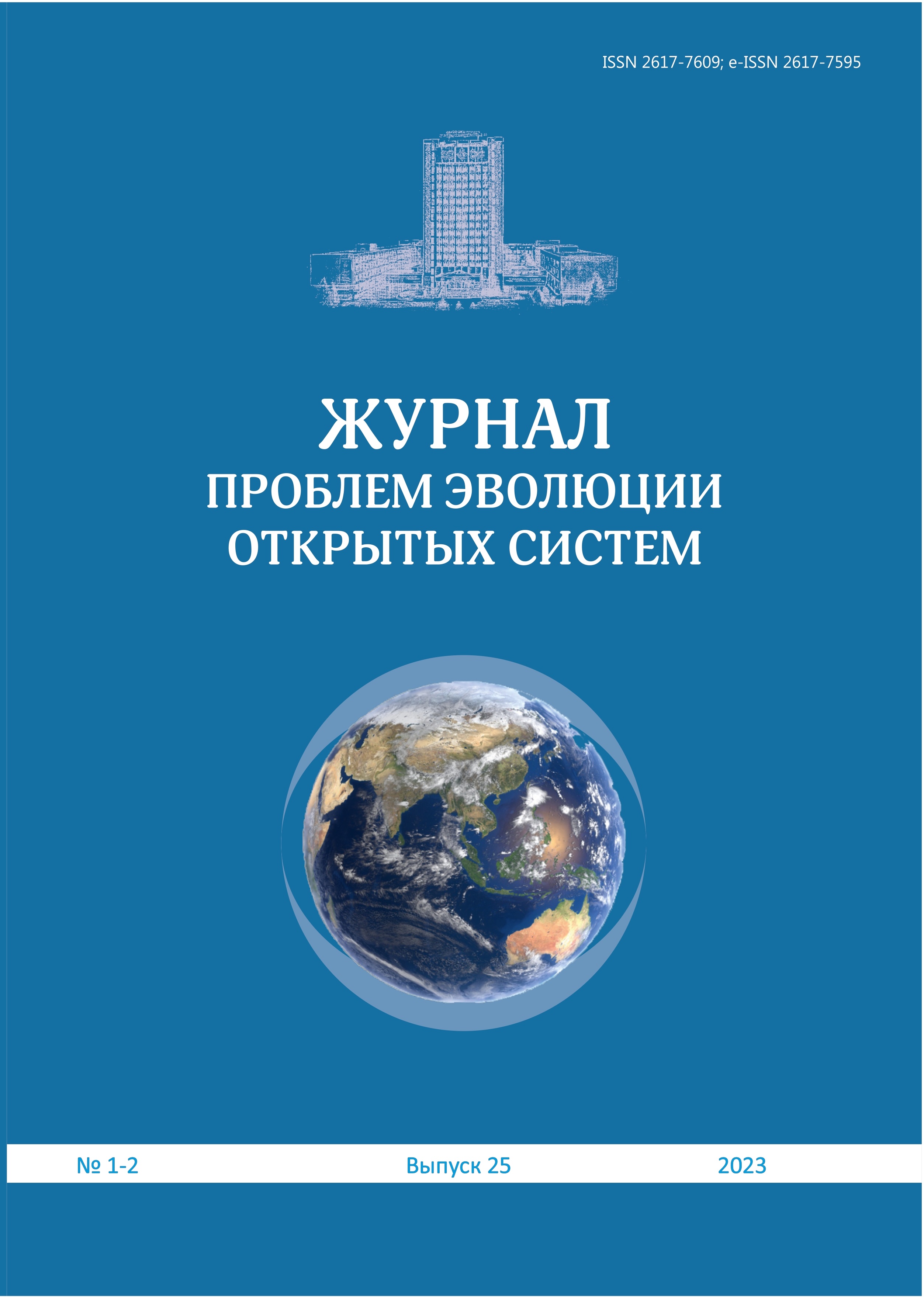Setting up experiments with laser plasma clouds to simulate the generation of quasi-spherical collisionless shock waves in cosmic plasma, based on calculations by the particle (ion) method using a hybrid model
DOI:
https://doi.org/10.26577/JPEOS.2023.v25.i1-2.i3Abstract
The given paper is devoted to the calculations (by Hybrid model of Vshivkov and Dudnikova) for solving the problem of laboratory simulative experiment on the generation of quasi-spherical Collisionless Shock in magnetized Background Plasma (BP), by injection into BP a spherical Laser-Produced Cloud (LPC), at the large-scale KI-1 facility of ILP, with the CO2-laser (1 kJ energy, at length 10 mm) vacuum chamber (Æ120 cm and length L = 5 m), supplied by BP-source for producing background with the density up to n* ~ 1014 см-3 in the region with Æ ~100 см and length L* up to 2 ¸ 3 м in the middle of chamber. Preliminary data of simulation for the collisionless MLM-interaction between LPC and BP, show that such Shock could generate only if the LPC-energy E0 should be risen up from its today level (25 J) to the new need one - 40¸50 J. For this required level of E0, the BP-density n*-compressions in Shock are 1,7 (at angle 900 relative to magnetic field B0) and 1,3 (at angle 450), while the relevant front velocity (Alfven-Mach ones) of shocks for these directions would be more different, as MAf ≈ 7 and MAf ≈ 2¸3. Therefore, in such conditions we could study more in details, the role of curl electric Ej-field (generated due to magnetic field B0 exclusion) for the Magnetic Laminar Model (MLM) of the collisionless interaction between LPC and BP.
Key words: Laser-produced and background plasmas, magnetic field, collisionless interaction, spherical shocks, simulation of plasma waves in space, KI-1 facility, pulsed CO2-lasers.







